If you aren’t a Eurodollar University member, become one and get access to Classroom vids, The Basics, Weekly Recaps, Q&As, and all the special presentations right here.
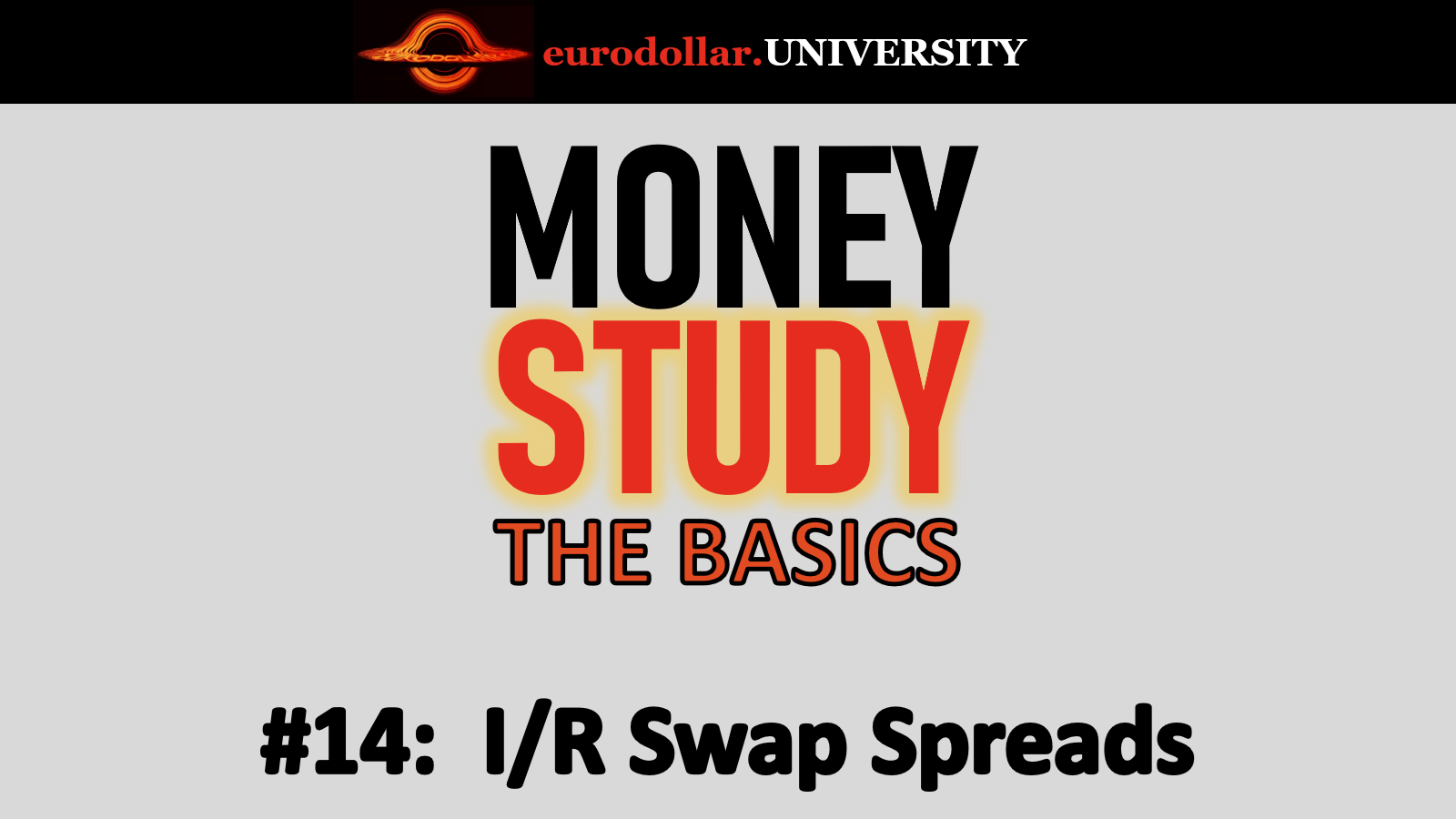
The Basics #14: I/R Swap Spreads
Our four-part Basics series on interest rate swaps concludes with swaps as spreads. Not only does the final chapter draw on the information from the first three, it ties them all together by first asking – then answering – why we never hear more about either the swap market or any indications coming from it.
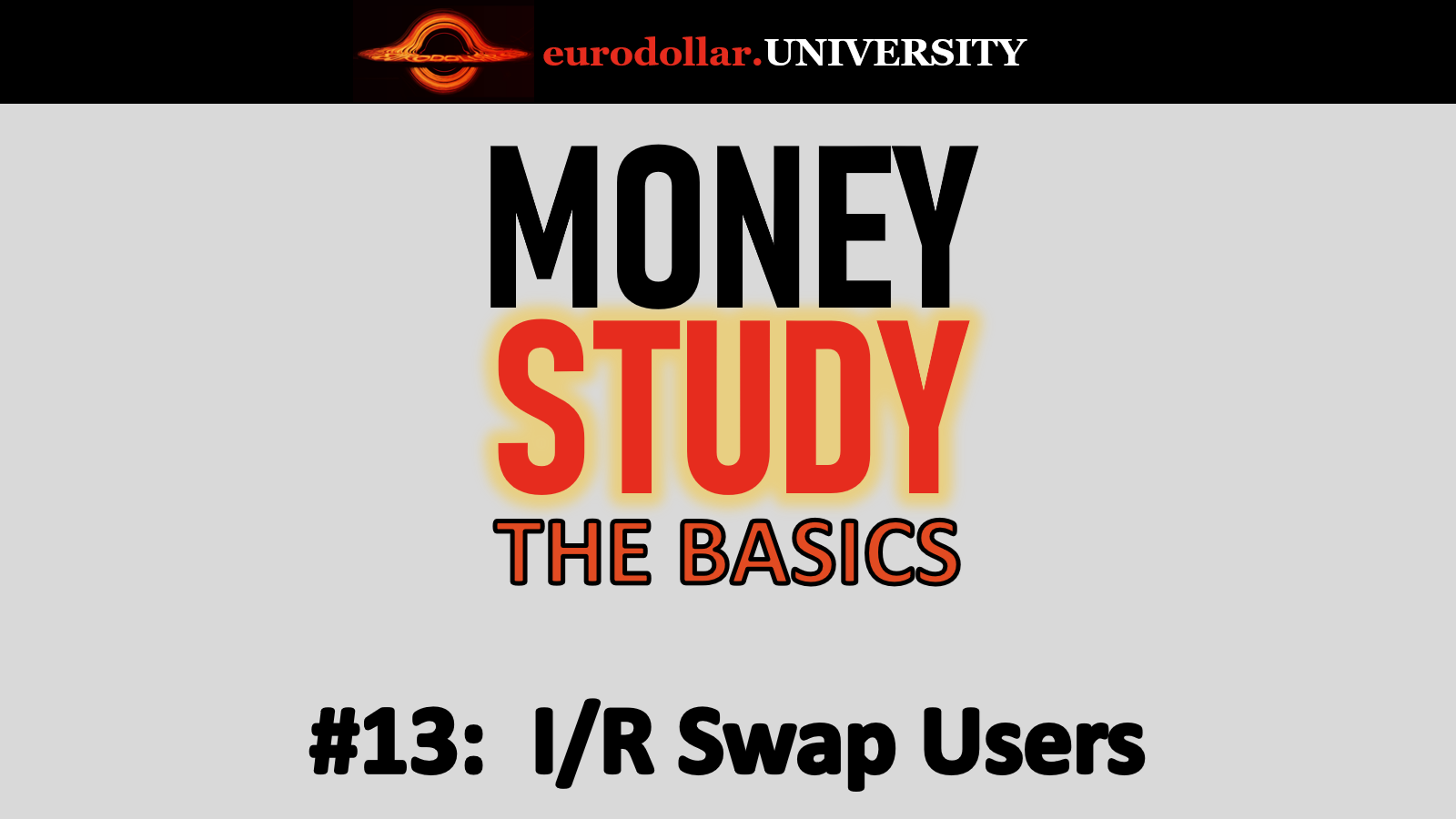
The Basics #13: I/R Swap Users
After the background behind interest rate swaps and the development of the marketplace, then the role of money dealers, Basics #13 shifts to the perspective of swap users. What they are looking for and what that can tell us about the state of the monetary system from this inside perch.

The Basics #12: I/R Swap Spreads/Dealers
Having run through the basics of interest rate swaps, here in Basics #12 we move on to swap spreads. What they are and why these particular spreads are such a useful indication. We’ll start with money dealers, what spreads mean to them and why it all matters so much to us.
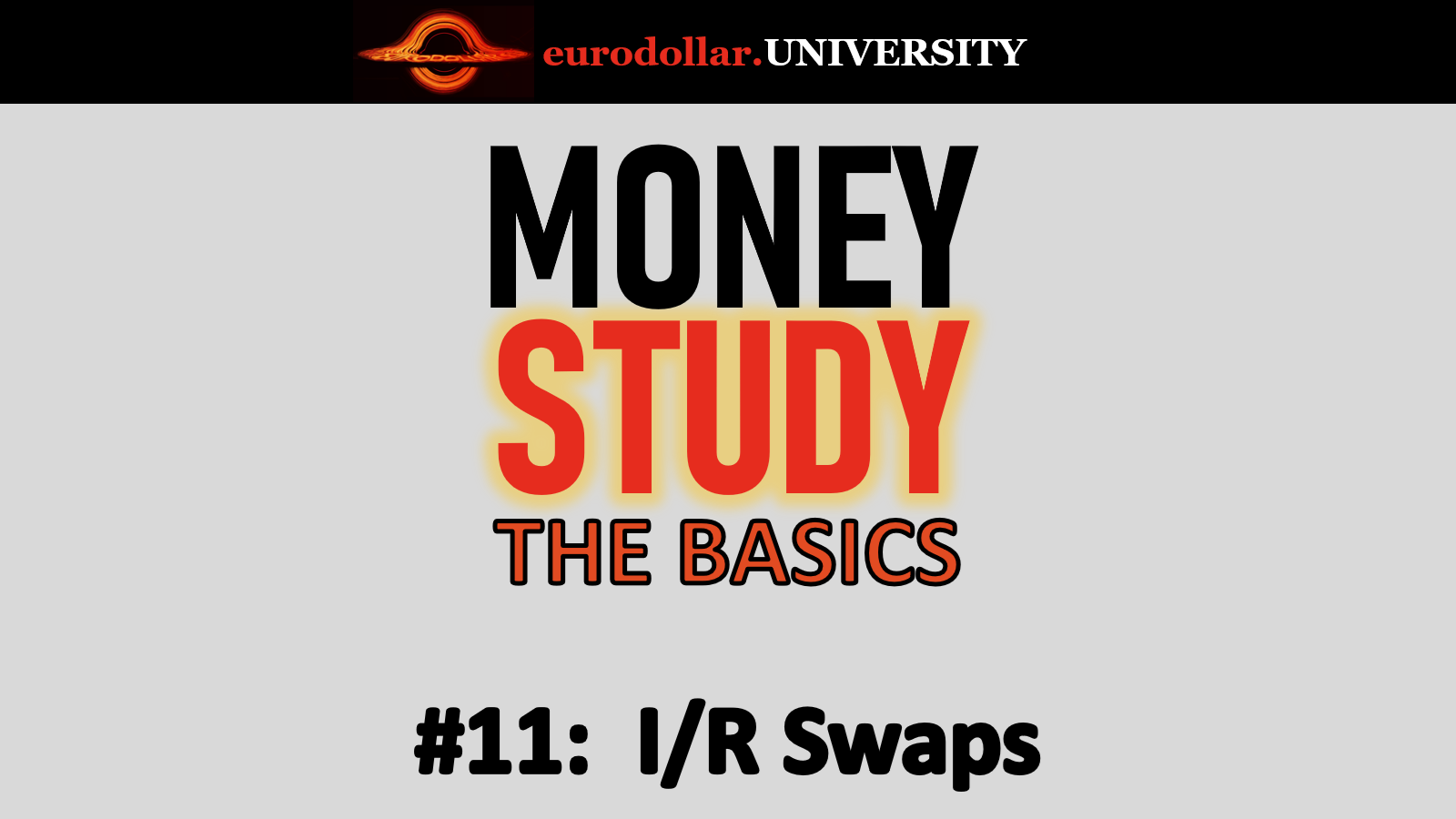
The Basics #11: Interest Rate Swaps
Before we even think about trying to interpret interest rate swap rates and spreads, we need to understand what these things are all about. Swaps are not just the exchange interest rate payments. You can't really understand the eurodollar world without getting the basics of interest rate swaps.
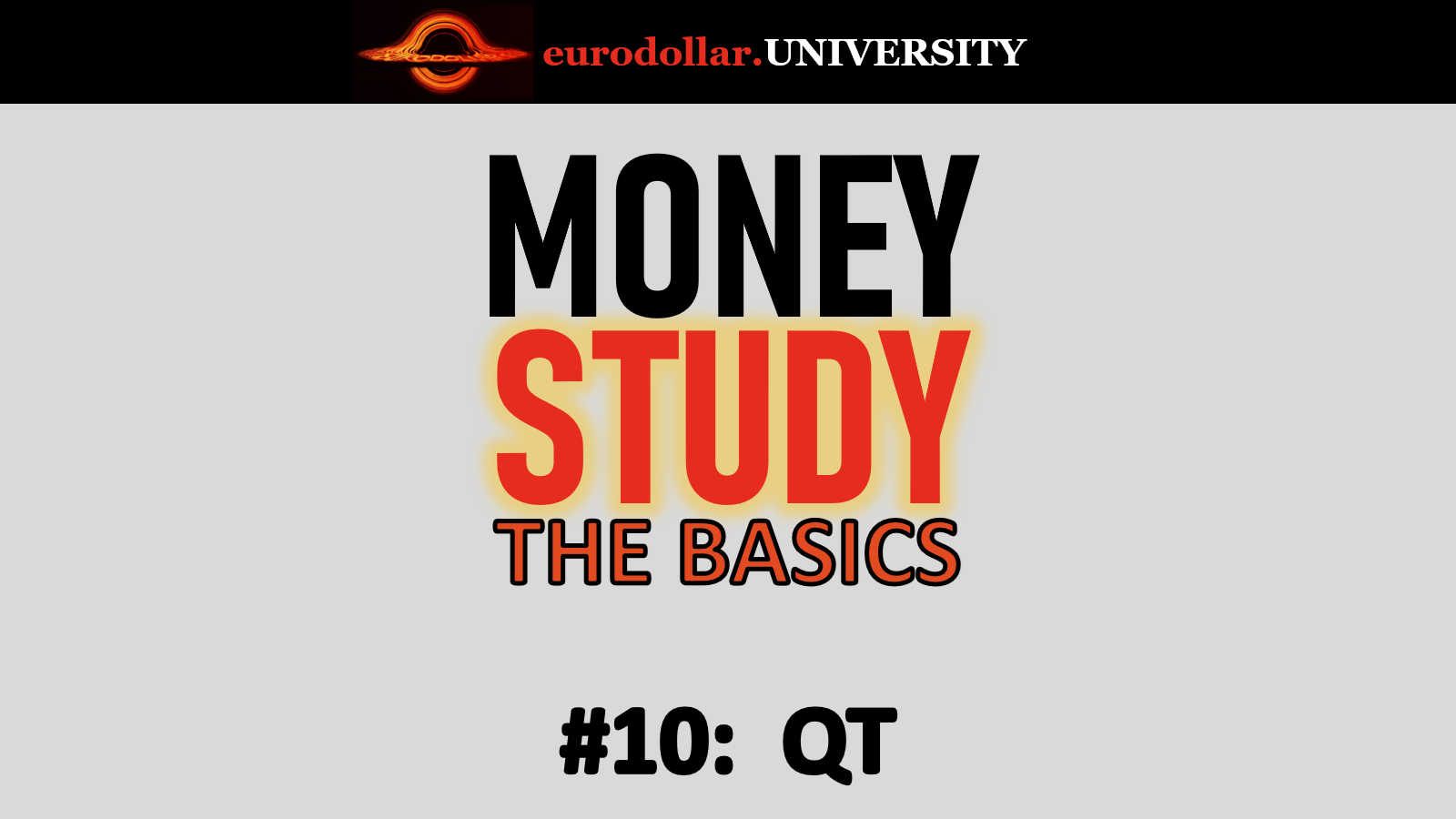
The Basics #10: Quantitative Tightening
After tackling QE in Basics #9, the next installment could only be about what many consider to be QE’s inverse: QT. While Jeff worried this one might be a letdown, this one is far from it. To understand the debate (such that there really is one) about “tightening”, EDU’s Basics #10 does more than just QT. As a necessity, this one gets neck deep into bank reserves.
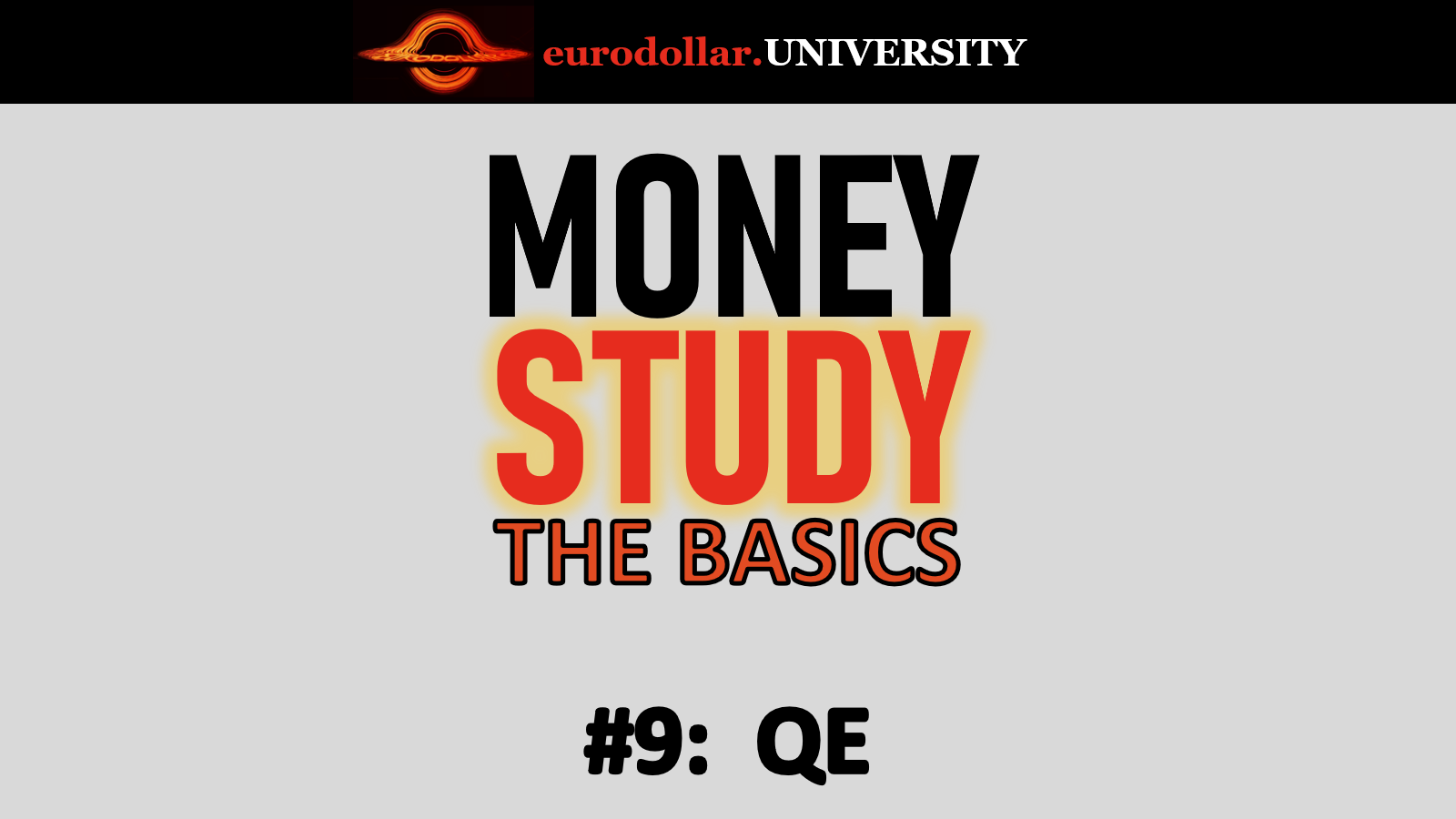
The Basics #9: Quantitative Easing
The ninth installment in the series tackles the most requested subject of all of them: QE. We’ll explore what this thing is, of course, also where it came from and why central banks started to use them. Peering behind the money printing myth to the basic facts about one of the most controversial and misunderstood aspects of the entire modern monetary landscape.
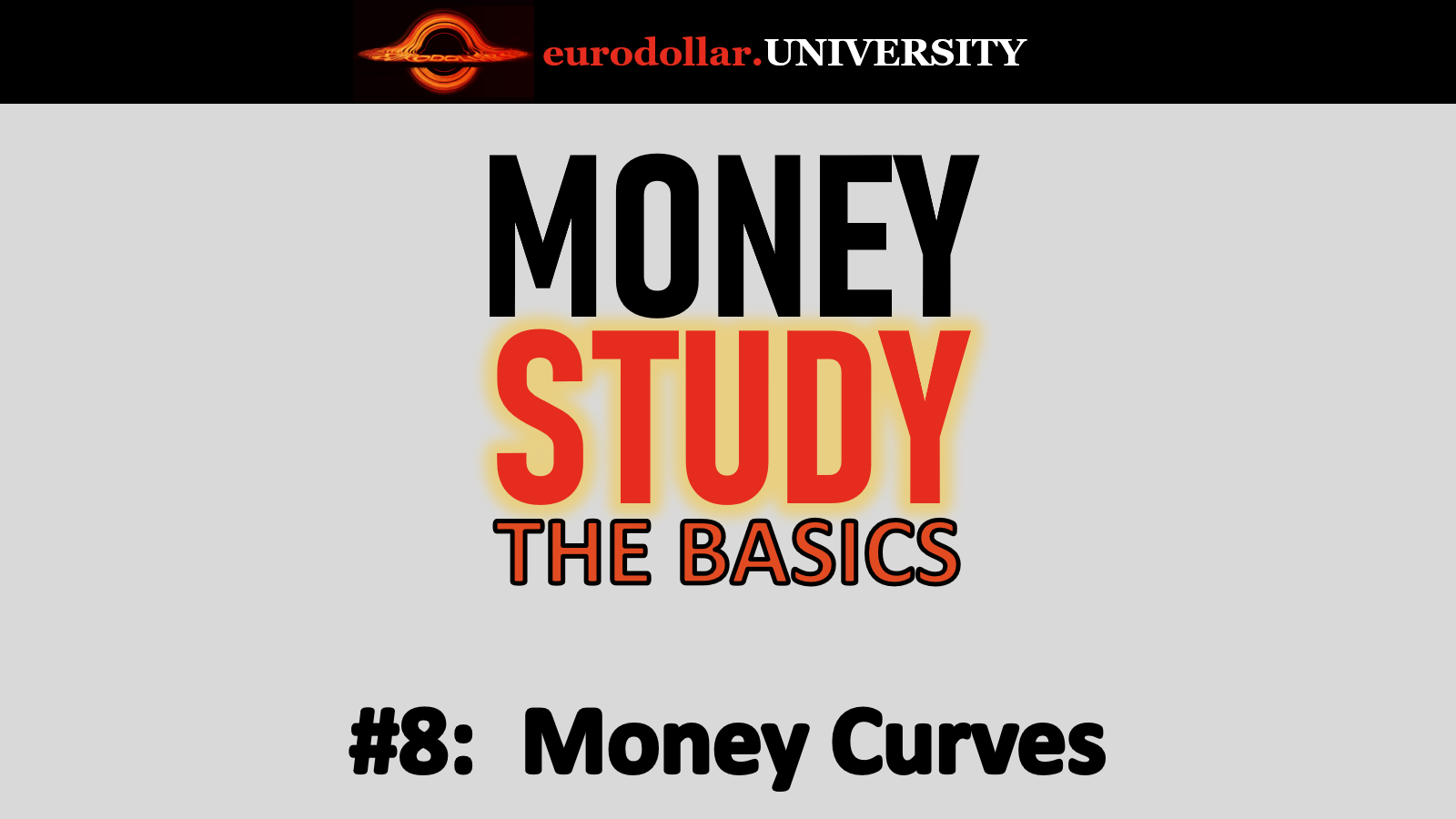
The Basics #8: Money Curves
Money curves like bond curves display incredibly useful information from those who operate deep inside the hidden shadow money world. Being able to decipher their signal is crucial to understanding changes within that system we otherwise cannot directly observe. The problem getting in the way of doing so is only Economics.

The Basics #7: Bond Curves
Why does the world have so much trouble decoding curves? The answer is Economics. To maintain the astrological mythology surrounding central banks, it requires deconstructing interest rates in a very peculiar, unrealistic way. Going back to fundamentals instead unlocks the very information on money, finance, and economic potential we’re all desperately looking for.
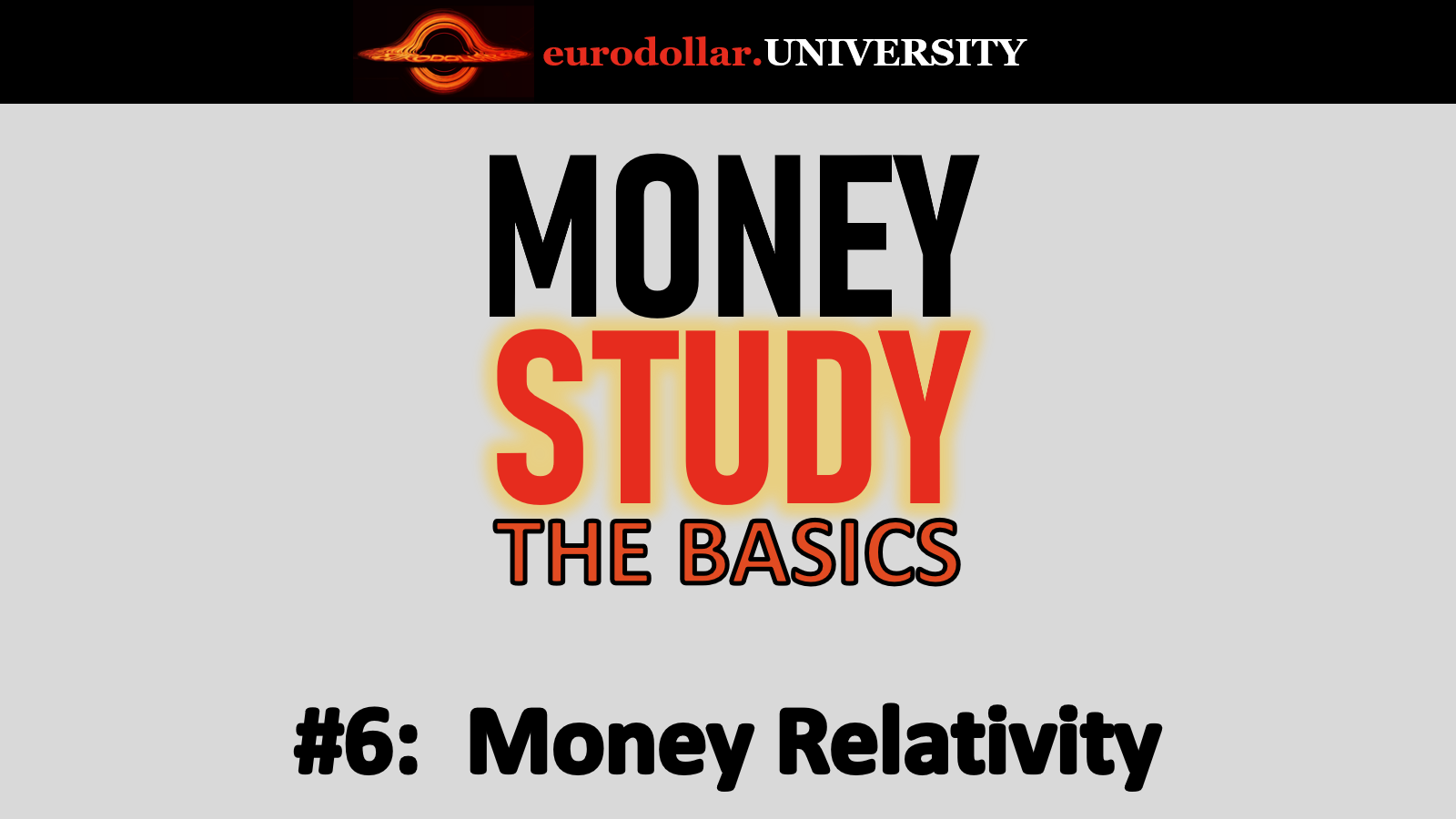
The Basics #6: Money Relativity
As everyone knows, the Fed raises its rate when it wants to tighten and lowers it for loosening. Boom. End of vid. The price of money held right in Jay Pow…wait a minute. Is it just that simple and easy? What about the direction of rates? Would a dynamic, complex system really only have one price of money so easily manipulated by something like the Fed? We really need to think about this a lot more. Starting here.

The Basics #5: The Price of Money
The price of money is simple in concept, difficult in practice, and forgotten in mainstream Economics. Despite this enforced ignorance, the price of money remains incredibly important to figuring out deflation, inflation, and we hope finding the sweet spot in between.

The Basics #3: More Definitions
There are two general reasons consumer prices go up, and only one is inflation. And there are two types of cases for when consumer prices go down. Only one is deflation. Which is which and why? And why don’t we know which is which? More definitions are needed.
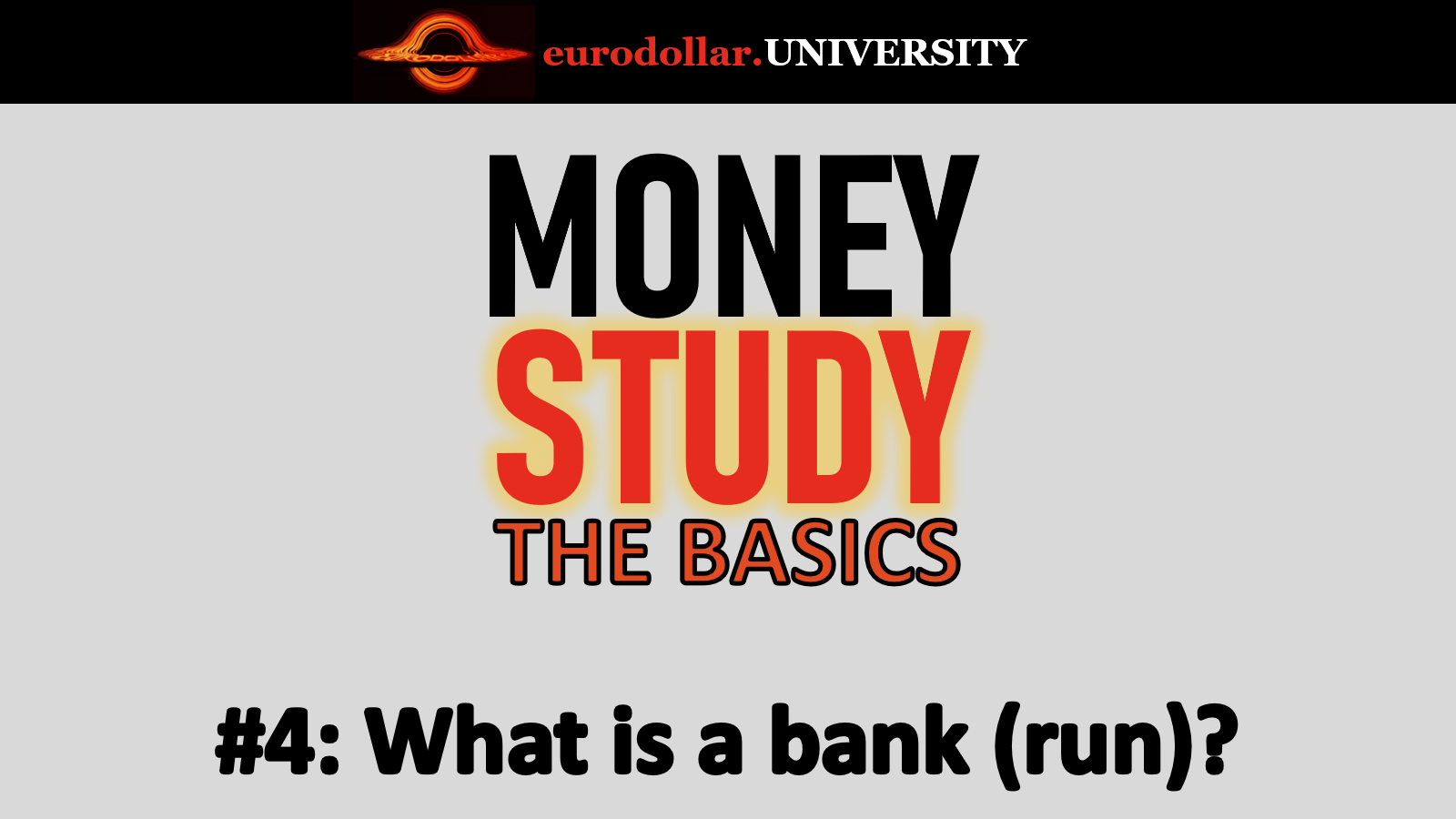
The Basics #4: What Is A Bank (run)?
I know what you’re thinking, where’s Part 3? That one is still coming but with the events of the past week we thought it might be a good idea to revise the release schedule a tiny bit. Banks are in the news as are bank runs. We should address what both of those actually mean.
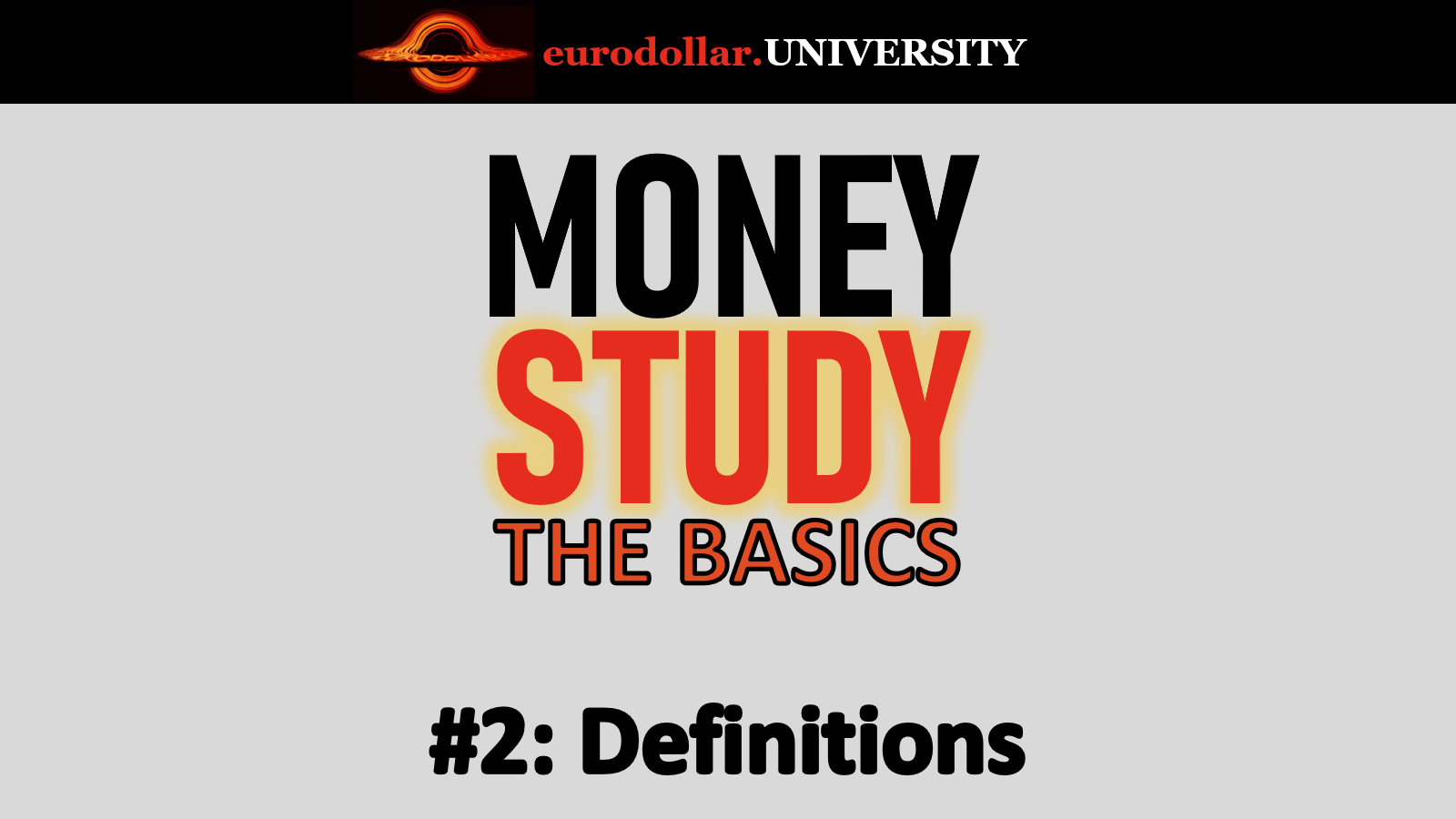
The Basics #2: Definitions
We need to begin defining ourselves through some of the most common economics expressions, and do so according to how they are and will continue to be used in the eurodollar university framework.
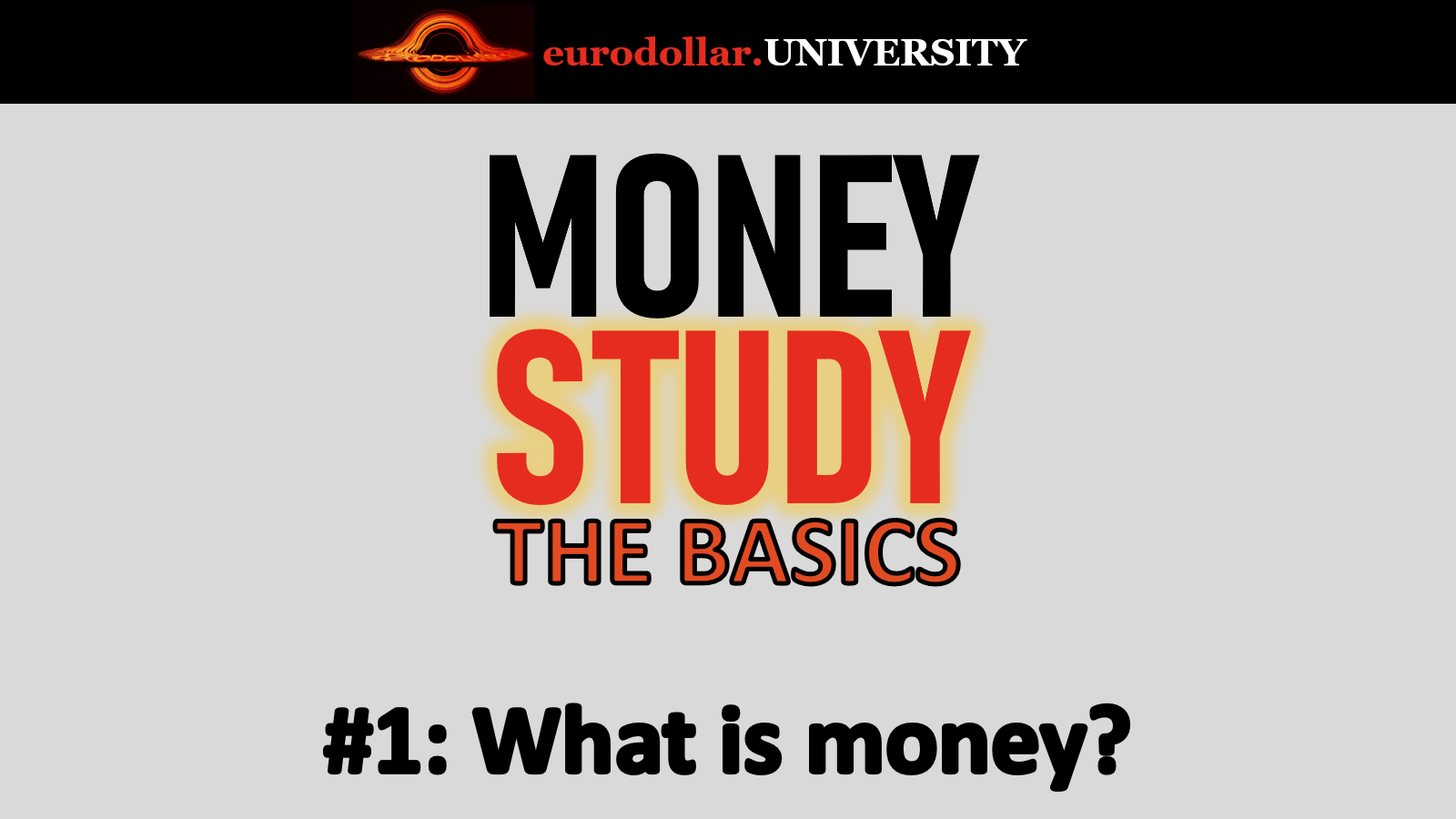
The Basics #1: What Is Money?
We think of money as little scraps of government paper. A few might still consider chunks of private metal commodities. Today’s money far more resembles a telecommunications network than anything of those. We begin the basics with why and how it came to be this way.
